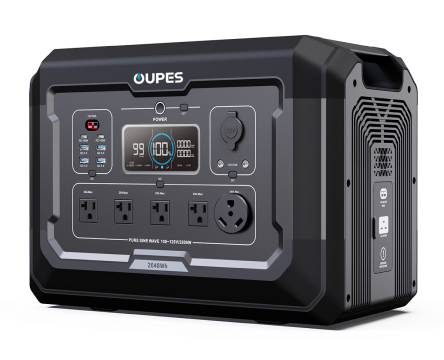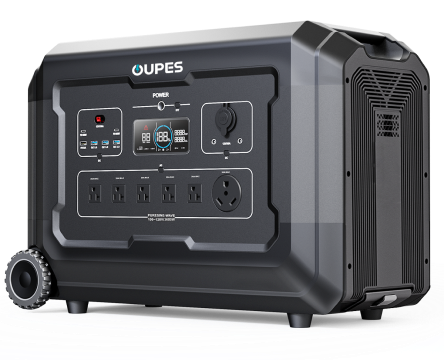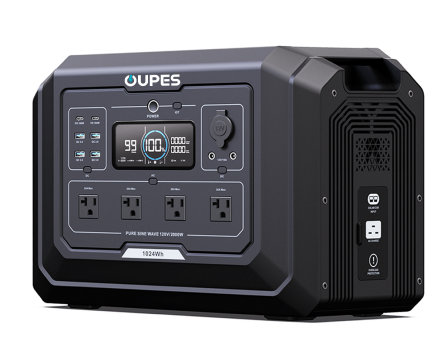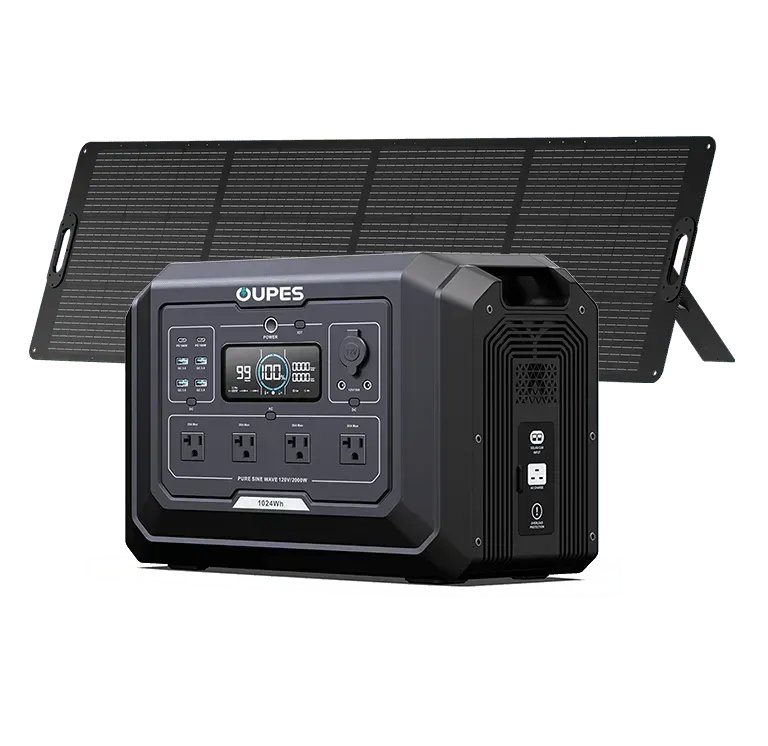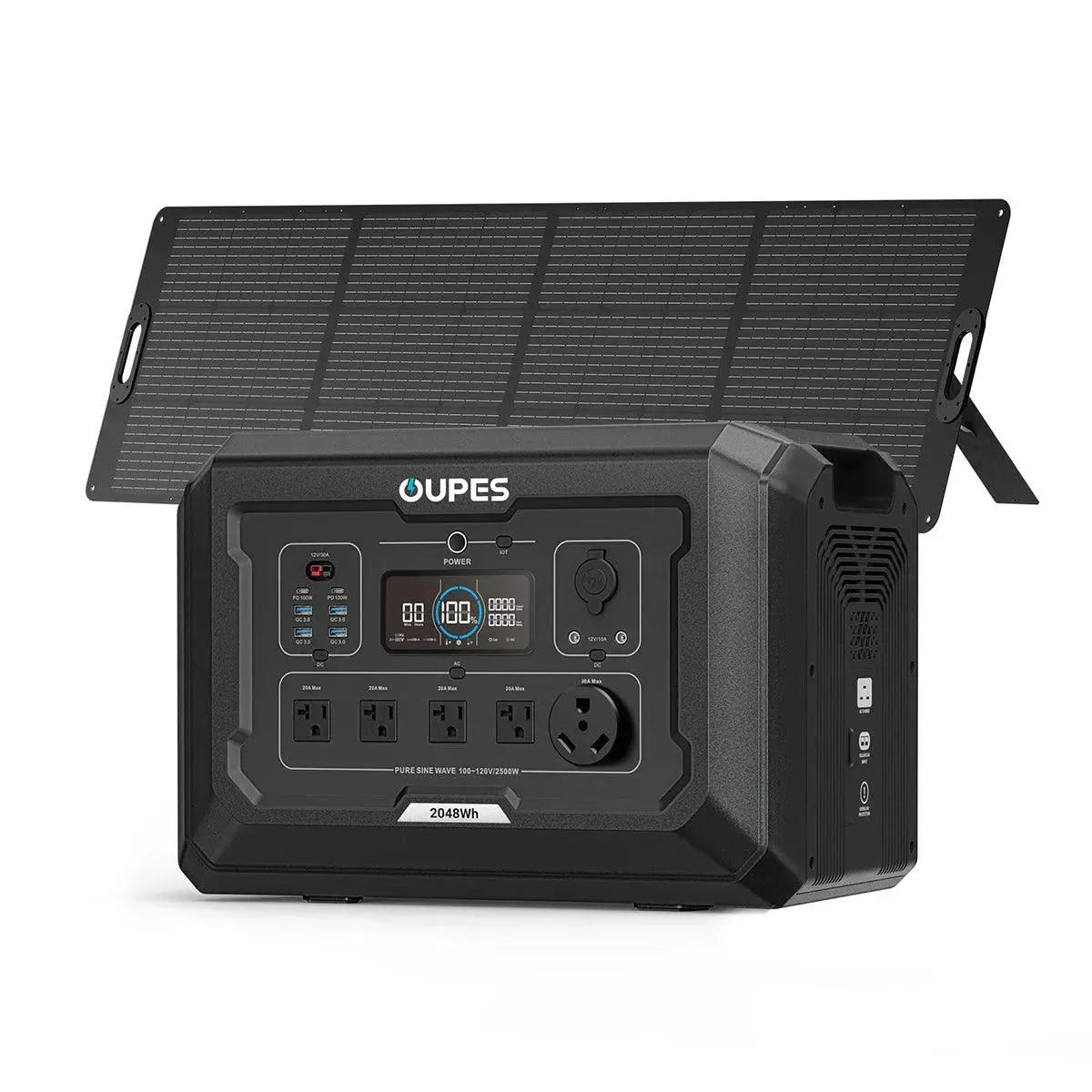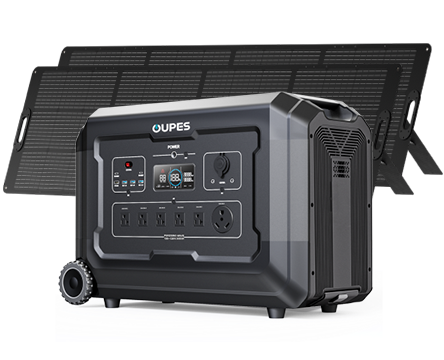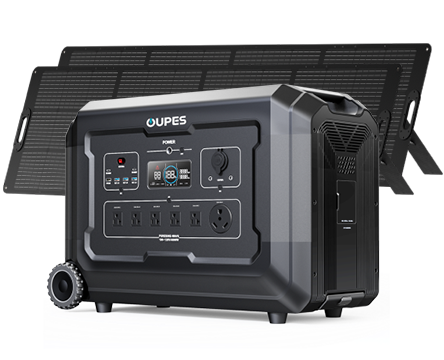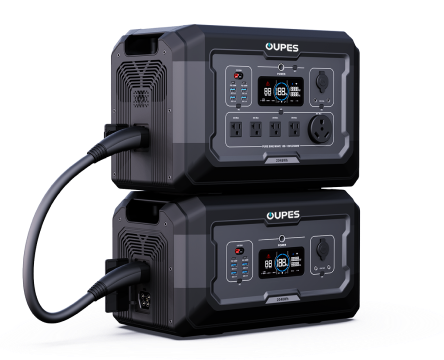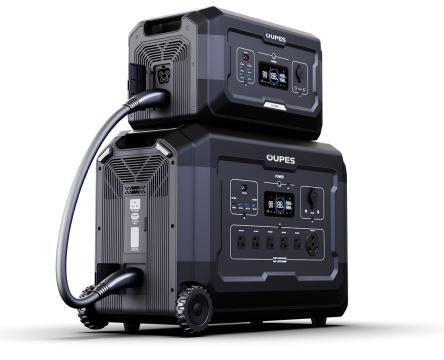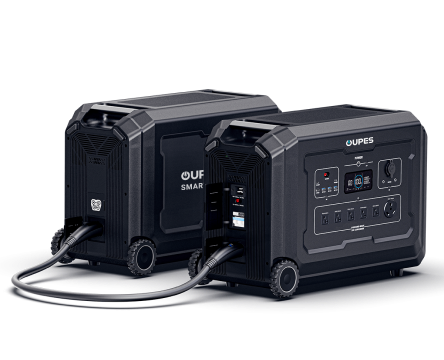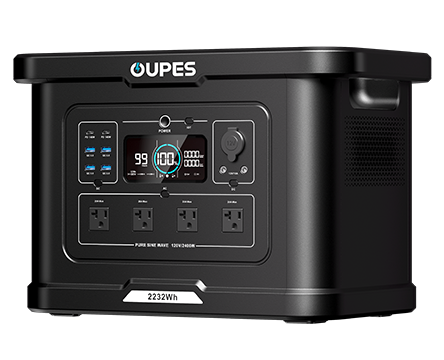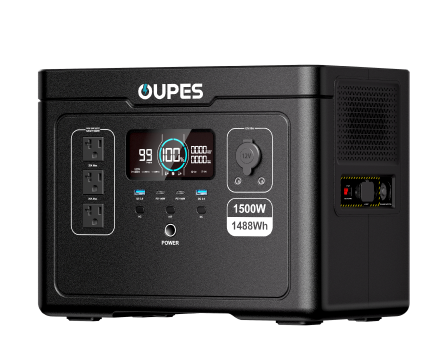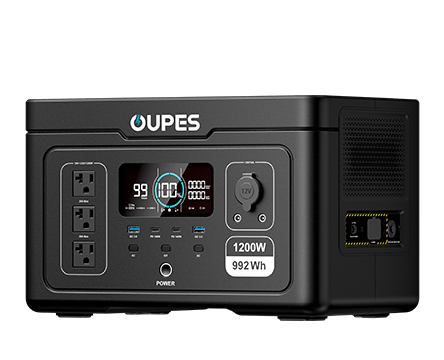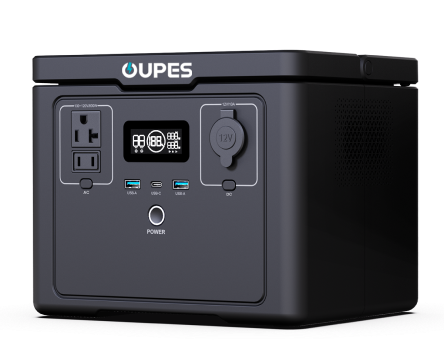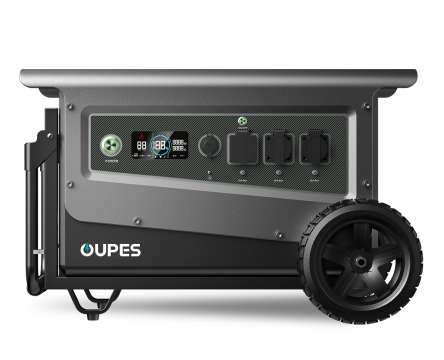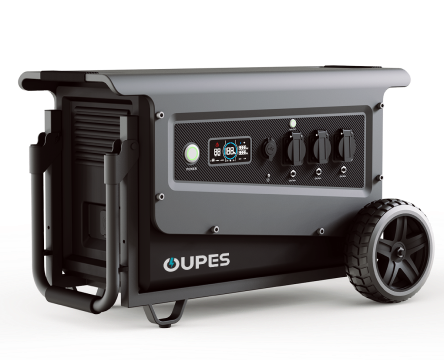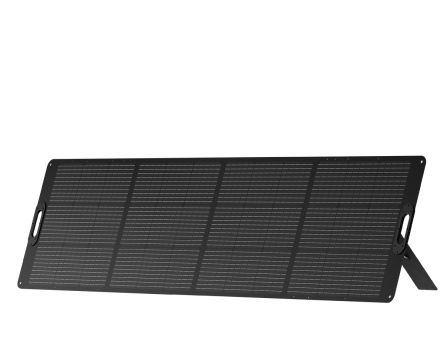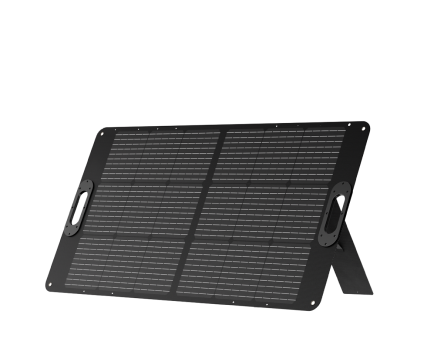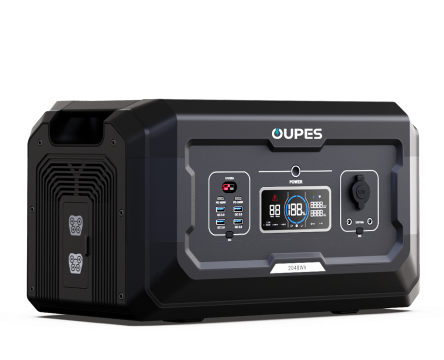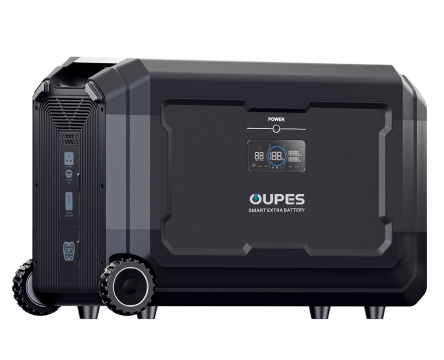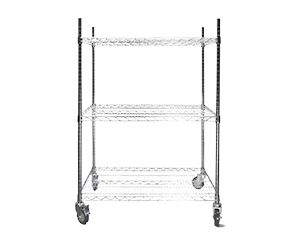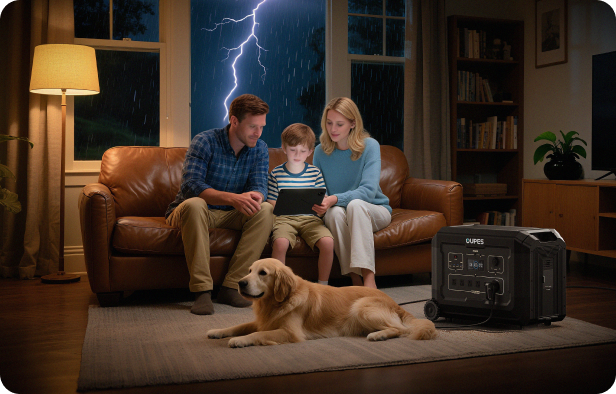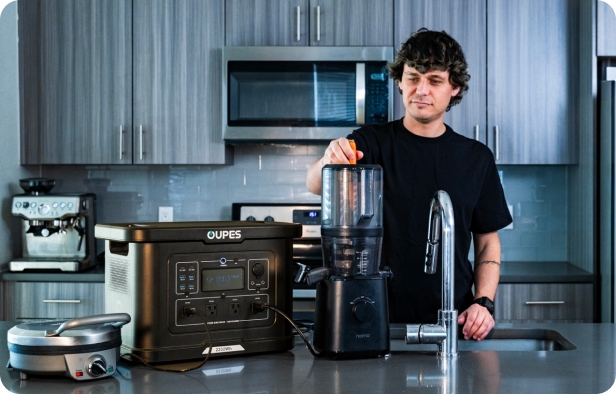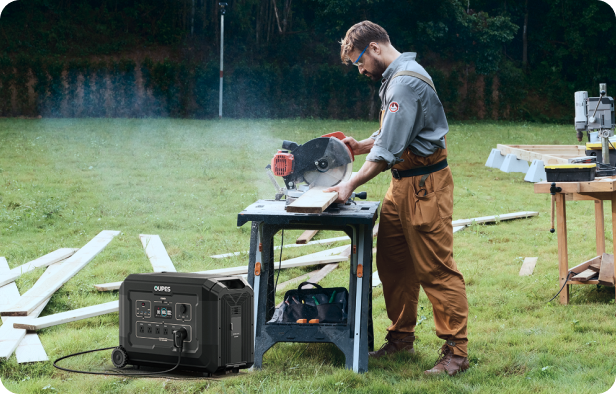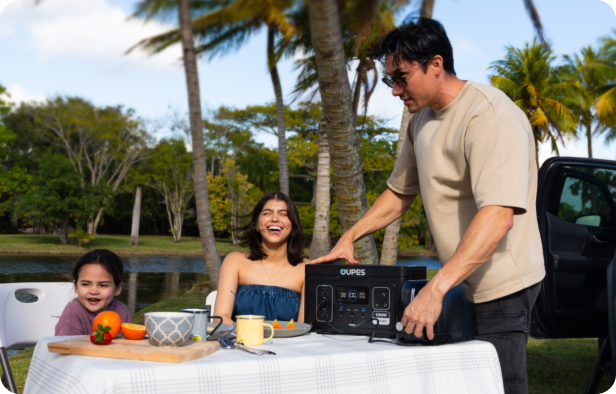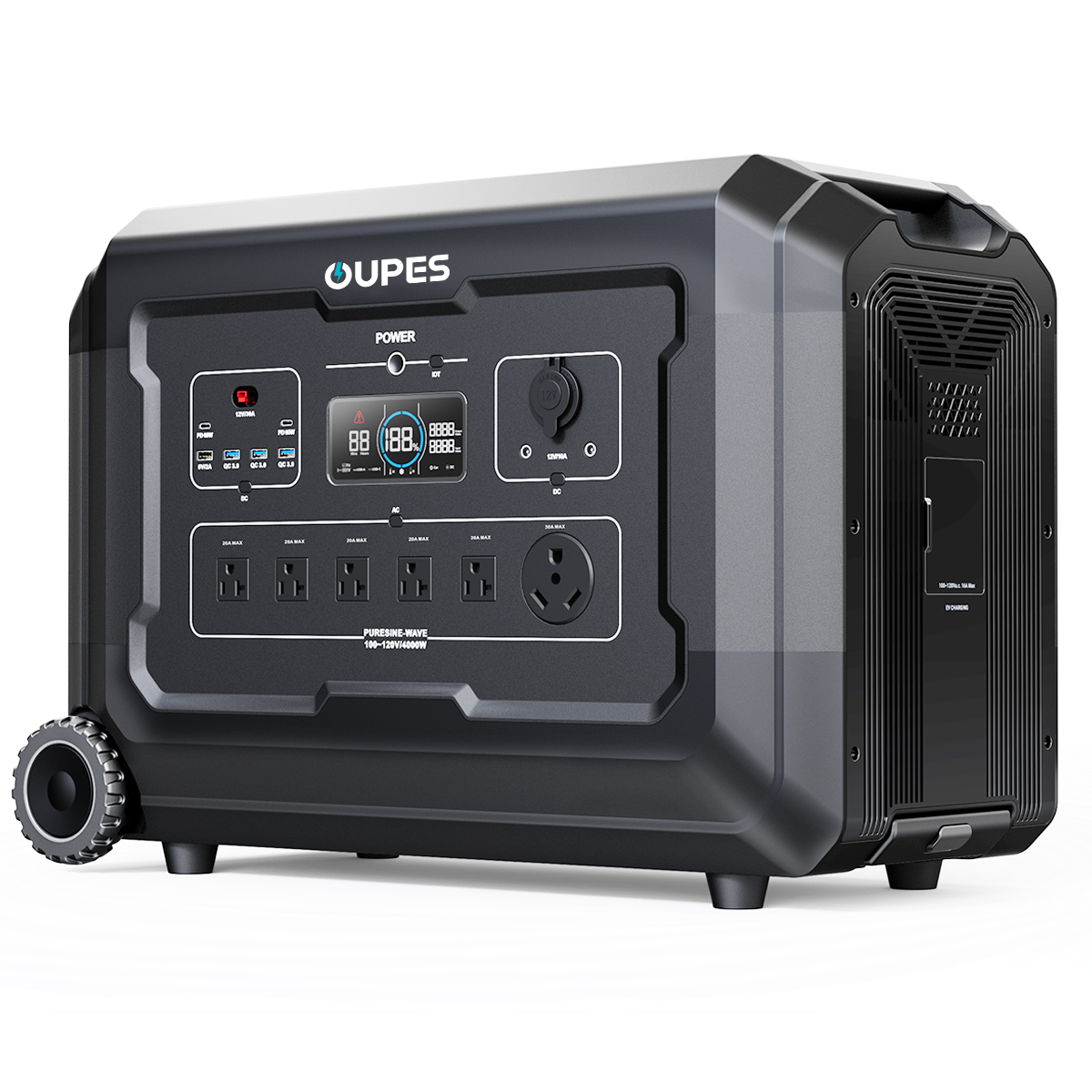
In today’s world, portable power stations are becoming an essential tool for anyone who needs a reliable, mobile power source. Whether you're planning a camping trip, preparing for an emergency, or simply need an off-grid solution, these devices can make a significant difference. But with so many options on the market, how do you determine which size portable power station is right for your needs? This guide will walk you through the factors that influence the right size, helping you make an informed decision to ensure you're never left without power when you need it the most.
Understanding Your Power Needs
When choosing the right portable power station, the first thing you need to understand is your power consumption. Not all devices require the same amount of electricity, and your power needs will dictate how large of a power station you’ll need. The key to determining your needs is knowing the wattage requirements of the devices you intend to power.
Portable power stations are typically rated in watt-hours (Wh), which indicates how much energy the unit can store and deliver. The higher the watt-hour rating, the more power the station can provide. To estimate the size of the portable power station you need, you’ll need to add up the total wattage of all the devices you plan to charge or run simultaneously.
For example, if you plan to run a laptop that uses around 60 watts, a smartphone charger that uses 10 watts, and a small fan that uses 30 watts, you’ll need a total of 100 watts of power. However, since power stations can’t provide their full wattage continuously without draining their battery quickly, it's advisable to choose a power station with a higher capacity than the sum of your devices’ needs. Typically, choosing a portable power station with a capacity 20-30% larger than your estimated requirement will give you a buffer and ensure that the station doesn’t run out of power too quickly.
Factors to Consider When Choosing the Right Size
Several factors influence how big your portable power station should be. First, consider how many devices you need to power and their wattage. For light-duty needs, such as charging a couple of phones or running small electronics, a smaller power station will suffice. However, for high-demand items like a refrigerator or power tools, you will need a much larger power station with higher output capacity.
Another important factor is the duration of usage. If you're going on a weekend camping trip, you won’t need as much power as someone planning to live off-grid for a week. The longer you need to power your devices, the larger the battery capacity required. Consider how long you expect to run the devices and how many times you’ll need to recharge them during your trip or power outage.
Additionally, the portability factor cannot be overlooked. Larger power stations tend to be bulkier and heavier. If you’re going to be carrying the power station for outdoor adventures like hiking or camping, you may want to prioritize a more compact option, even if it means compromising slightly on capacity. On the other hand, if weight and size are not as much of a concern, and your priority is to have a substantial backup power supply, a larger and more powerful model might be better suited to your needs.
Types of Portable Power Stations and Their Capacities
Portable power stations come in a range of sizes, each designed to meet different needs. These stations are generally divided into three categories: small, medium, and large power stations. Understanding the types of power stations available will help you make a more informed choice based on your specific requirements.
Small portable power stations typically range between 150Wh to 300Wh and are ideal for lightweight applications. These units are designed to charge small devices like smartphones, tablets, and cameras. They are also useful for running a laptop for a few hours or providing power to low-wattage items. Due to their compact size, small power stations are often favored by backpackers and those who need a portable option without much weight. However, their limited capacity means they won't be able to power large appliances for extended periods.
Medium-sized power stations usually have capacities between 300Wh to 1000Wh, making them versatile for a variety of uses. These stations can charge multiple devices simultaneously and are often powerful enough to run small appliances like mini-fridges, small lights, or a television for a few hours. These are an excellent choice for campers, RV owners, and small households that may need a portable power source in emergency situations. They also offer a balance between capacity and portability, making them a popular choice for many users.
Large portable power stations range from 1000Wh to 2000Wh or more and are designed for heavy-duty applications. These units can handle larger appliances like full-sized refrigerators, power tools, or even electric stoves. Larger power stations are typically bulkier, heavier, and more expensive, but they offer a lot more versatility. If you’re planning for long-term off-grid living or need reliable power during extended power outages, a large power station is a wise investment.
Solar Charging: How it Affects the Size You Need
When you’re choosing a portable power station, one important factor to consider is whether you plan to use solar panels to recharge it. Solar charging is a great eco-friendly option for those who need off-grid power for extended periods, but it’s also a slower process than wall charging or car charging. Depending on the power station's size and the solar panel's output, it may take several hours to recharge a power station fully using solar energy alone.
If you plan on using solar panels to recharge your portable power station, you’ll need to factor in the solar input capacity of the power station and the solar panel’s wattage. For smaller units, a basic solar panel setup might be enough, but for larger stations, you’ll need a more powerful solar panel to avoid long recharging times. It’s also essential to think about how much sunlight you can expect in your location. On cloudy days or in areas with limited sun exposure, your solar panel might not be able to recharge your portable power station at the same rate, which can affect your decision on the size of the station you need.
For off-grid camping, remote locations, or emergencies, having a portable power station with solar charging capabilities can be invaluable. It allows you to harness renewable energy while keeping your devices powered without relying on traditional grid power. However, depending on your power consumption, you may need a larger station with higher solar charging input capacity to maintain an uninterrupted power supply.
Budget Considerations and Long-Term Value
While it’s tempting to choose the most powerful portable power station available, it’s important to factor in your budget and how much you’re willing to spend. Larger power stations are generally more expensive, and their additional features may not be necessary for casual or occasional use. On the other hand, a smaller power station might lack the capacity to run all of your essential devices for an extended period, especially in an emergency.
When deciding how much to spend, think about the long-term value and reliability of the power station. Investing in a high-quality unit with sufficient capacity can provide peace of mind during power outages, camping trips, or other off-grid situations. Choosing a reputable brand that offers excellent customer service, warranties, and support can also enhance the value of your purchase. You may also want to look for units that offer features like fast-charging, solar compatibility, or multiple ports for greater versatility.
Keep in mind that while larger models tend to have higher upfront costs, they may save you money in the long run. If you often find yourself needing backup power for larger appliances or running multiple devices simultaneously, a bigger power station might be more cost-effective than purchasing several smaller units. Additionally, some power stations are modular and can be expanded with additional batteries, making them a more flexible solution over time.
Ultimately, the decision on the right-sized portable power station comes down to balancing your immediate power needs, long-term goals, and budget. By considering the factors mentioned in this article, you’ll be able to select the optimal size for your power station and ensure it fits your lifestyle and usage patterns.
In conclusion, choosing the right size portable power station depends on understanding your power needs, the devices you intend to power, and how long you need to keep them running. Whether you opt for a small, medium, or large unit, always factor in the type of activities you’ll be engaging in, the level of portability required, and the efficiency of your charging method. By considering these variables, you can confidently choose the best portable power station to keep you powered up, no matter where life takes you.

